Tonga volcano: Scientists warn of 'unprecedented' environmental disaster with acid rain and ash
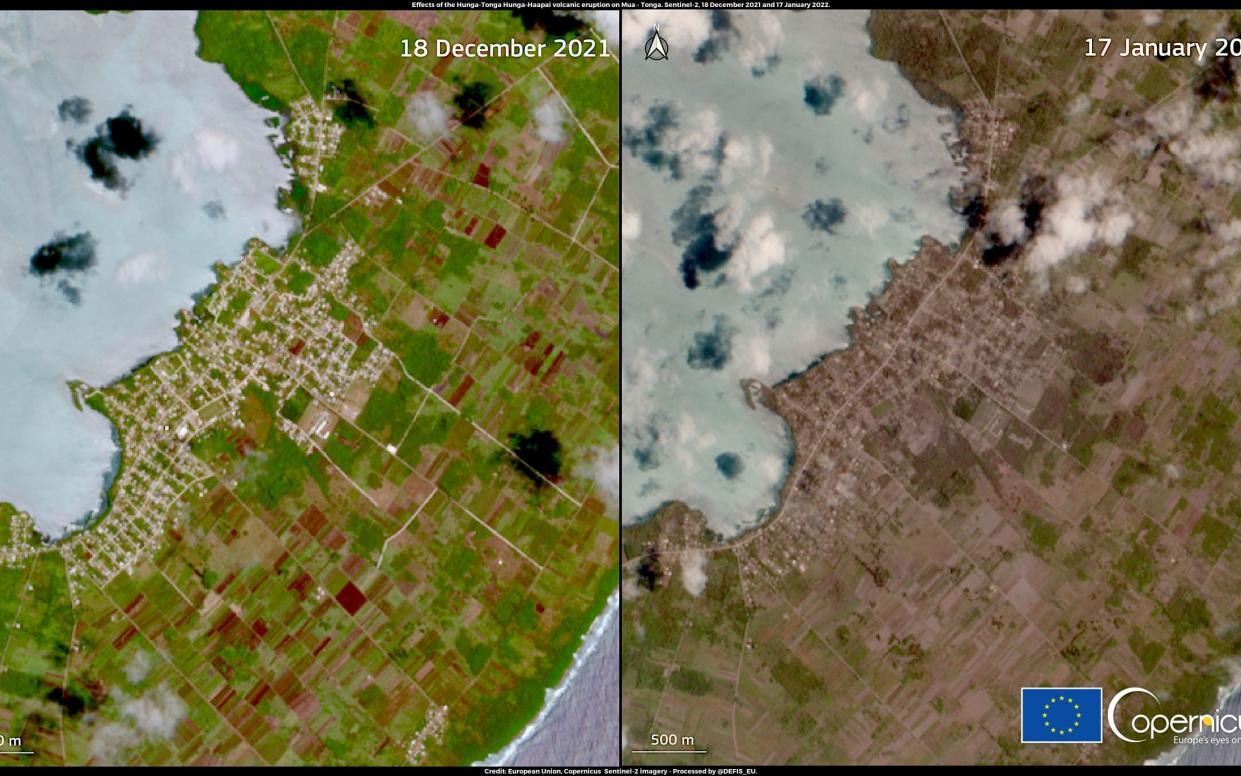
Tonga’s massive underwater volcanic eruption could result in years-long damage to coral reefs and fisheries that are vital to the local economy, scientists have warned.
The Pacific Island nation’s government said it was facing an “unprecedented disaster” in its first update since an eruption with a force equivalent to 1,000 Hiroshima nuclear bombs on the uninhabited volcanic island of Hunga-Tonga-Hunga-Ha’ap blew ash and gas some 30 kilometres into the air.
The tsunami that followed generated waves of up to 15 metres, slamming into the west coast of Tongatapu, ‘Eua and Ha’apai islands and wiping out an entire village on the islet of Mango, where one of four known fatalities occurred.
Communication channels with Tonga remain largely down, but some new photos emerged on Wednesday showing close up versions of the “catastrophic” damage spotted earlier this week by surveillance planes from the Royal New Zealand Air Force.
The images revealed uprooted trees, mangled buildings, fallen powerlines and roads blocked by debris.
As far away as Peru, local authorities in Ventanilla, on the country's central coast, said on Tuesday that an oil spill that has killed wildlife and severely damaged local beaches have been caused by abnormal waves generated by the Tonga blast.
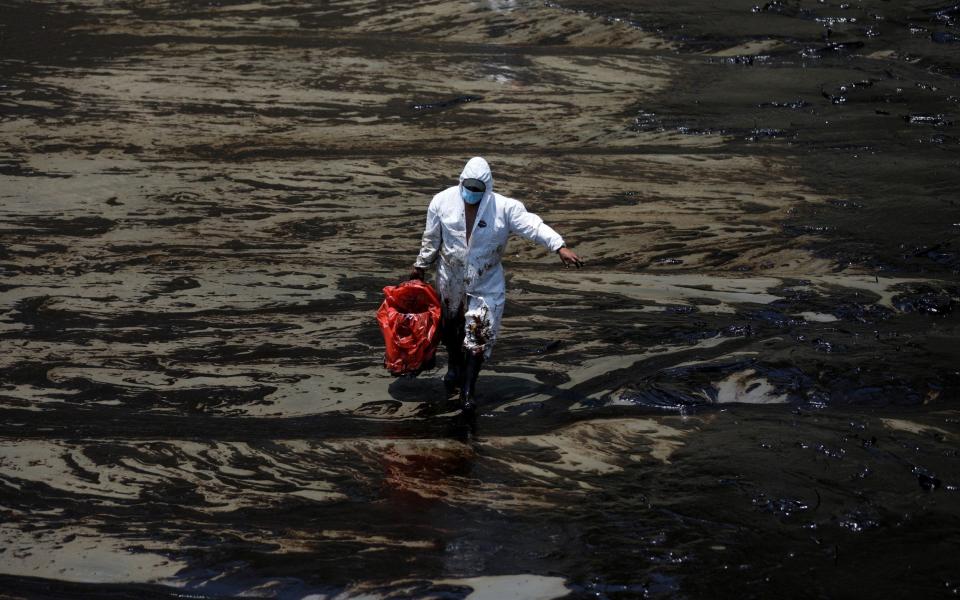
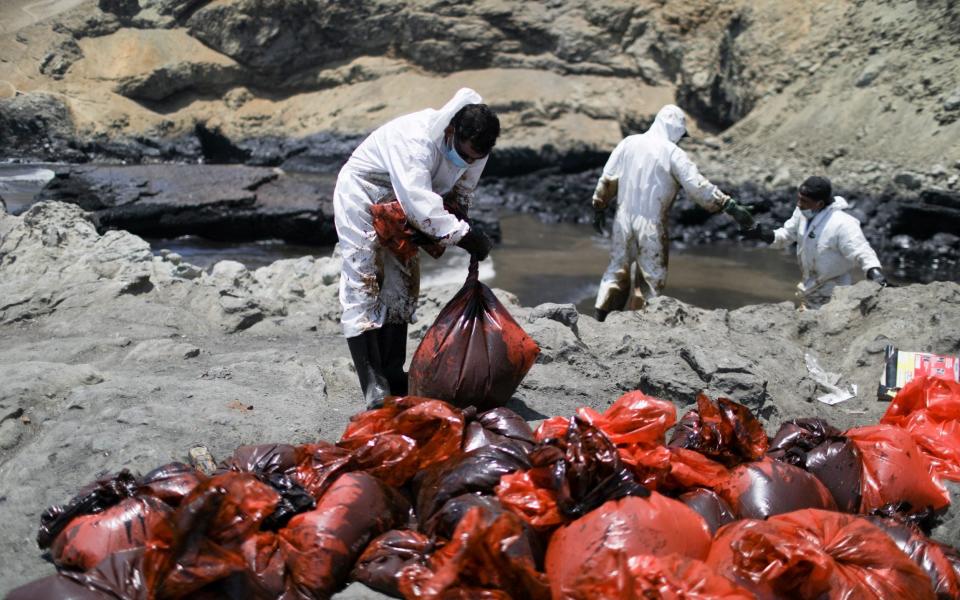
As Tongans try to rebuild, clear the ash and rescue teams rush to reach remote disaster zones, scientists fear a longer-term environmental disaster could emerge from the release of sulfur dioxide and nitrogen oxide creating acid rain that is harmful to staple crops like taro, corn, bananas and vegetables.
With Tonga’s tropical climate, “there is likely to be acid rain around Tonga for a while to come,” Shane Cronin, a volcanologist at the University of Auckland, told Reuters. “Depending on how long the eruptions last, food security could be compromised.”
There are further fears for marine life in Tonga’s 700,000 square km exclusive economic zone that provides the livelihood for many of the nation’s 100,000-strong population.
Even before the weekend’s huge eruption, fishing crews had been warned that seawater was becoming contaminated with toxic volcanic discharge that was poisoning fish. Ash pollution could now cause surviving shoals to migrate.
Falling ash also risks smothering coral reefs that pre-pandemic sustained Tonga’s $5 million-a-year tourism industry.
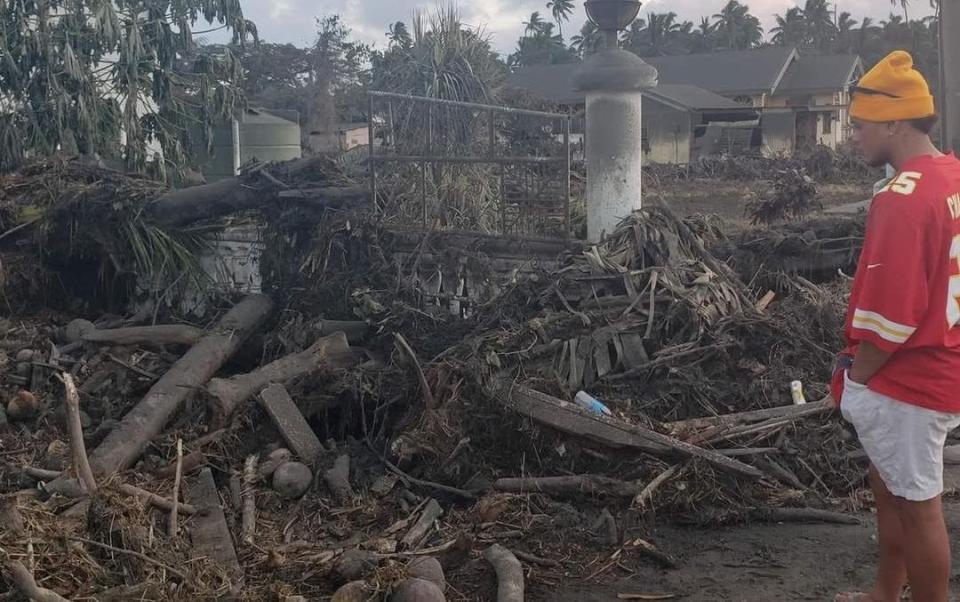
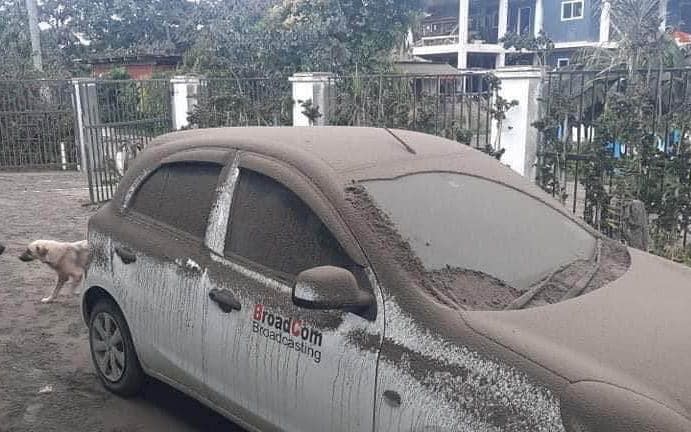
While damaged resorts can soon be repaired, experts have warned that poor water quality could mean reefs take years to recover.
“Further volcanic activity cannot be ruled out,” the UN Office for the Coordination of Humanitarian Affairs (OCHA) warned on Tuesday.
In the immediate term, aid agencies are urgently trying to supply citizens with safe drinking water.
The International Federation of Red Cross and Red Crescent Societies (IFRC) said it had finally made contact with its teams on the ground on Wednesday. They confirmed that as well as ash fall, stagnant pools of salt water were dumped by the tsunami, polluting clean drinking water sources for tens of thousands of people.
Katie Greenwood, the IFRC’s Pacific Head of Delegation, said Red Cross teams were providing shelters and had dispatched emergency supplies to the hardest-hit islands.
“Red Cross teams are urgently delivering drinking water and relief kits for people who have lost everything. It is heartbreaking and devastating for these remote island communities,” she said.
“It’s vital to restore access to safe drinking water as there is a mounting risk of diseases such as cholera and diarrhoea.”

